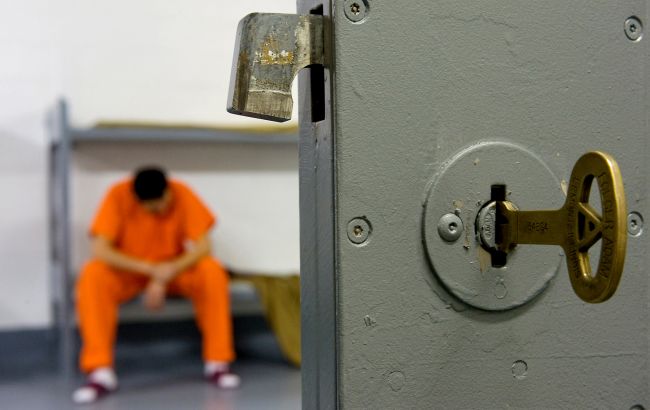Alabama prisoner faces first-ever nitrogen execution after surviving lethal injection
 Alabama prisoner faces first-ever nitrogen execution (Illustrative photo: Getty Images)
Alabama prisoner faces first-ever nitrogen execution (Illustrative photo: Getty Images)
Kenneth Eugene Smith, aged 58, who is on death row in Alabama might be the first in the United States and worldwide to be put to death using nitrogen gas. He survived a failed lethal injection 14 months earlier, according to BBC and The Washington Post.
Details of the case
The prisoner was found guilty in 1989 of killing 45-year-old Elizabeth Sennett. Smith and his partner in crime were hired by her husband for $1,000 (£790). Sennett suffered a brutal attack, being beaten with a fireplace tool and stabbed in the chest and neck. The crime was made to appear as a home invasion and burglary.
The orchestrator of this plan, Charles Sennett, aimed to collect insurance money. As investigators closed in, he took his own life. Smith's partner was executed in 2010.
Concerns around the execution method
Alabama, along with two other states, approved nitrogen hypoxia as an alternative execution method due to difficulties in finding drugs for lethal injections. Smith previously survived a deadly injection two years ago in November 2022.
Lawyers for Smith, who has been on death row since 1996, were making a last-minute appeal to the Supreme Court, calling the new punishment "cruel and unusual." Smith's legal team claims the nitrogen gas method is untested and poses risks, while the State Attorney General says it is "perhaps the most humane method of execution ever devised."
Instead of lethal drugs, prison workers plan to use a mask and nitrogen gas to cause death by depriving him of oxygen, known as nitrogen hypoxia. Nitrogen gas, without oxygen, causes cells to break down, leading to death.
People against this method worry it could cause unnecessary pain, and a gas leak might harm those in the room. Some medical professionals criticize this method, warning it could lead to serious problems like violent convulsions or survival in a vegetative state. The UN's High Commissioner for Human Rights has expressed concerns, saying it could be considered torture.
Despite these concerns, the Supreme Court rejected the appeals, allowing the execution to proceed. Alabama officials insist that nitrogen hypoxia is the most painless and humane execution method.
This would be a new execution method in the U.S. for over 40 years. As drug companies refused to provide the needed drugs for lethal injections, supporters of the death penalty have been persistent in finding alternative methods. Currently, 21 states still have the death penalty, and it is legal but not used in six others because of suspension or moratorium.

